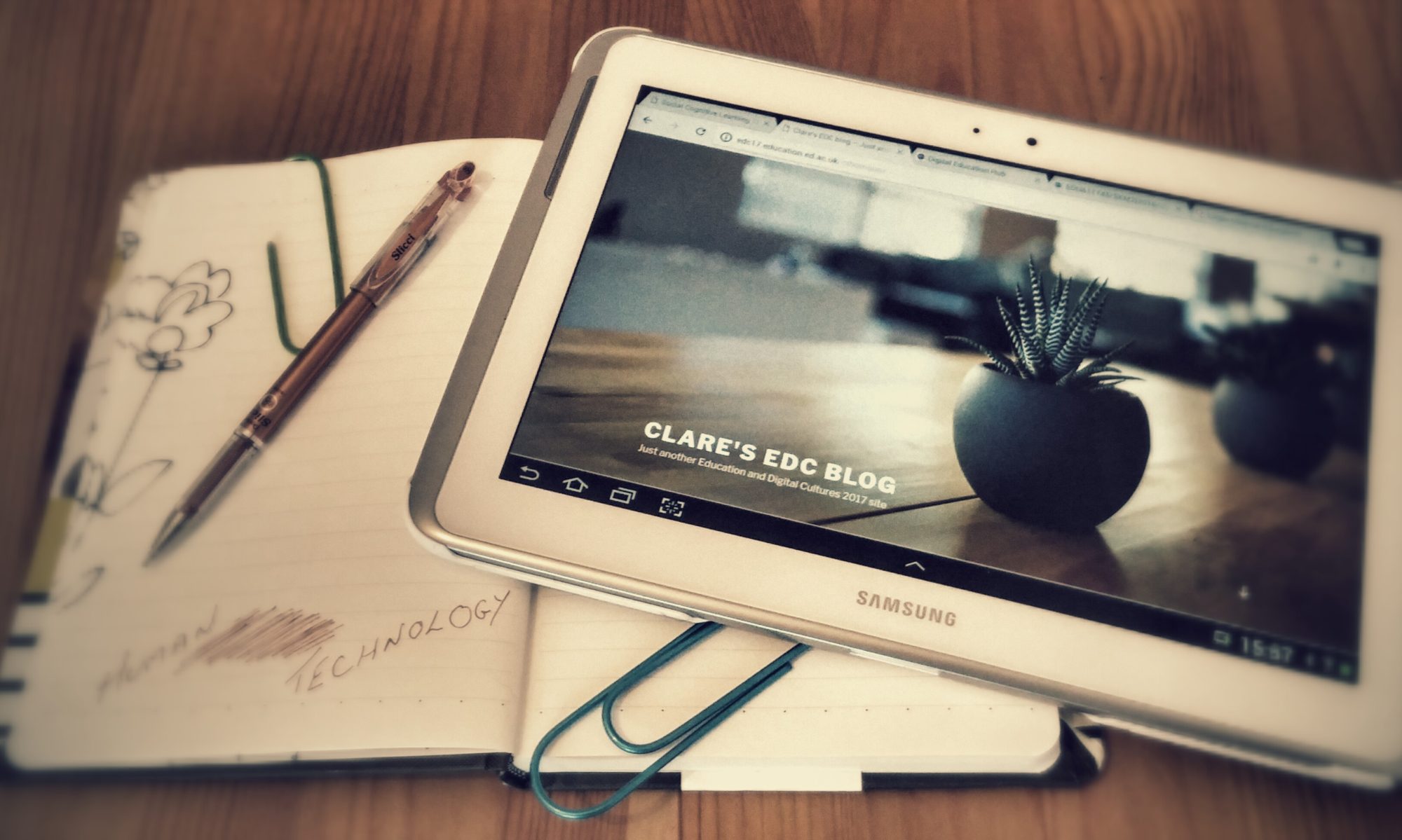My Education and Digital Cultures journey was certainly a rollercoaster ride, blending the new such as IFTTT with prior experiences such as MOOCs. Each of the three blocks presented content challenges alongside practical ones, and many times cognitive dissonance was at the fore, pushing and pulling my actions and beliefs against theory.

It all culminated in the final weeks with a focus on theories and critical approaches to educational technology (Plant, Haraway, Bayne, Gardner, Watters). Many of my stream elements lauded technological achievements yet balanced by calls of caution such as this from Neil Selwyn (2016):
“First and foremost, we need to recognize that all these claims of ‘fixing’, ‘disrupting’ and ‘game changing’ are being made for a reason. These are not value-free extrapolations of neutral technological innovation.”
What went well
Finding content to feed into my Lifestream was straightforward (but too little?) and using Twitter was by far the most seamless method. It afforded the ability to add metadata on the fly, the space where I felt most connected to peers and resulted in interactions from an external audience. However, I continued adding different types of feeds into my stream to increase variety. Some of these were new to me and I will continue to use in the future, such as Pocket.
Another element of my stream that I enjoyed immensely was creativity. I have coloured in, made videos, created sketch notes, visualised networks with toys and software, curated images and employed music.
Adding metadata was one of the push-pulls for me. Feeding the Lifestream continuously, and reflecting at the end of the week in my summary came naturally. However, after my mid-way feedback, I tried to change this to a continuous reflection with shorter summaries, which hopefully shows in my stream.
What didn’t go well
The integration of IFTTT with my installation of WordPress was not a happy fit. Frustration abounded with embed problems as time was lost attempting to find solutions. Eventually, I resorted to manual intervention which, despite eating into reflection time, ensured the visual elements and hyperlinks worked.
Keeping up with other blogs proved difficult as feeding my own, reflecting, reading and creating my artefacts took significant time. I tried to comment on as many posts as possible but setting up separate RSS feeds for each person was time consuming, with many IFTTT recipe failures. However, replying on Twitter was an instant solution which also afforded conversation better than blog comments.
The end of the road?
Overall, the experience has been fun, tiring, challenging and ultimately very rewarding. As my feed developed, my learning through a multitude of modes, together with the realisation that the journey is actually only beginning – I want to delve more into critical pedagogy theory and also ethnography as a research method. Throughout, my common threads have been the human, connections and critical approaches. With that in mind I’ll say farewell to my stream with words from Paulo Freire (1994):
“One of the tasks of the progressive educator, through a serious, correct political analysis, is to unveil opportunities for hope, no matter what the obstacles may be.”
References
Freire, Pauolo. Pedagogy of Hope, Reliving Pedagogy of the Oppressed. Bloomsbury Academic, 1994. Print.
Selwyn, Neil. Is Technology Good For Education?. 1st ed. Cambridge: Polity Press, 2016. Print.
